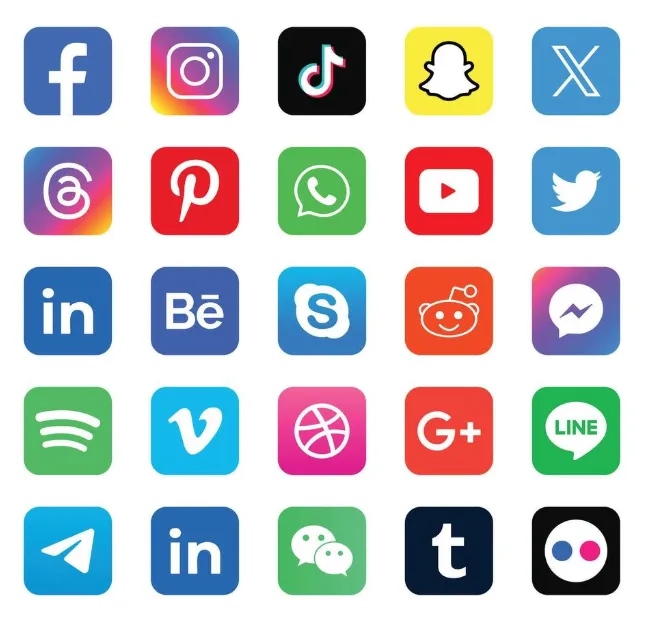
The Social Media Myth: Not the one-and-only Tactic
The Social Media Myth: Why It’s Not the Be-All and End-All for Your Brand
Social media is powerful, but is it enough to promote and defend your brand? Here’s why relying solely on likes and shares is a risky game.
Social media has revolutionized how brands communicate. Platforms like Instagram, LinkedIn, and X (formerly Twitter) allow companies to reach vast audiences in real-time. However, for all its advantages, social media has limitations. A successful communication strategy must extend beyond posts and tweets to create a more resilient and authentic brand presence.
An Over-reliance on Social Media
It’s tempting to treat social media as a silver bullet for all communication needs. After all, it’s cost-effective, immediate, and far-reaching. However, this reliance can backfire in several ways:
1. Limited Control: Algorithms dictate visibility, meaning your message might not reach its intended audience. A change in platform policies—like Facebook’s emphasis on personal content over brand posts—can drastically reduce organic reach.
2. Superficial Engagement: Metrics like likes, shares, and comments are often vanity numbers. They don’t necessarily translate to meaningful engagement or customer loyalty.
3. Susceptibility to Backlash: Social media’s speed can amplify crises. Missteps—even minor ones—can go viral, creating reputational damage in hours.
4. Short Shelf Life: Social media posts have a fleeting impact. The constant churn of content means even the best posts are quickly overshadowed.
Complementing Social Media with Broader Strategies
To build a well-rounded communication strategy, PR practitioners must leverage social media as one tool among many. Consider these tactics:
1. Earned Media Coverage: Positive coverage from reputable outlets lends credibility that social media cannot replicate. Collaborate with journalists to share compelling stories.
2. Owned Media: Blogs, whitepapers, and newsletters provide platforms to control your narrative without relying on external algorithms.
3. In-Person Engagement: Events, conferences, and community initiatives foster deeper connections with stakeholders.
4. Traditional Media Channels: Press releases, television interviews, and print articles remain influential, particularly for reaching older or more traditional audiences.
Real-World Example: Bud LIght's’ Social Media Reset
In April 2023, Bud Light launched a social media campaign featuring transgender influencer Dylan Mulvaney, aiming to celebrate inclusivity and diversity. While the promotion aligned with modern values, it sparked a backlash among some conservative consumers who felt the campaign didn’t reflect Bud Light’s traditional brand identity. This resulted in widespread boycotts, a sales decline of over 20% in certain markets, and weeks of negative media coverage.
To address the fallout, Bud Light’s parent company, Anheuser-Busch, reevaluated its strategy. The company refocused its social media and marketing efforts on themes that resonated with its core audience, such as sports, patriotism, and community, while also committing to more thorough reviews of future campaigns.
This case illustrates the critical role of audience awareness in corporate communications. Companies must balance progressive messaging with a clear understanding of their customer base to prevent unintended consequences. For communicators, it’s a lesson in the importance of anticipating diverse reactions and crafting strategies that align with both brand values and audience expectations.
Social Media’s Role in Crisis Management
While social media is vital for real-time updates during a crisis, it should never be the sole channel. A robust crisis communication plan includes press statements, media briefings, and internal communications to ensure consistent messaging across all platforms.
The Takeaway: Diversify Your Strategy
Social media is a powerful amplifier, but it’s not a substitute for a comprehensive communication plan. By combining social media with earned and owned media, traditional outreach, and in-person engagement, PR practitioners can create a resilient strategy that builds and protects their brand. The next time someone suggests that social media is all you need, remind them: a multi-channel approach is the foundation of effective communication.
